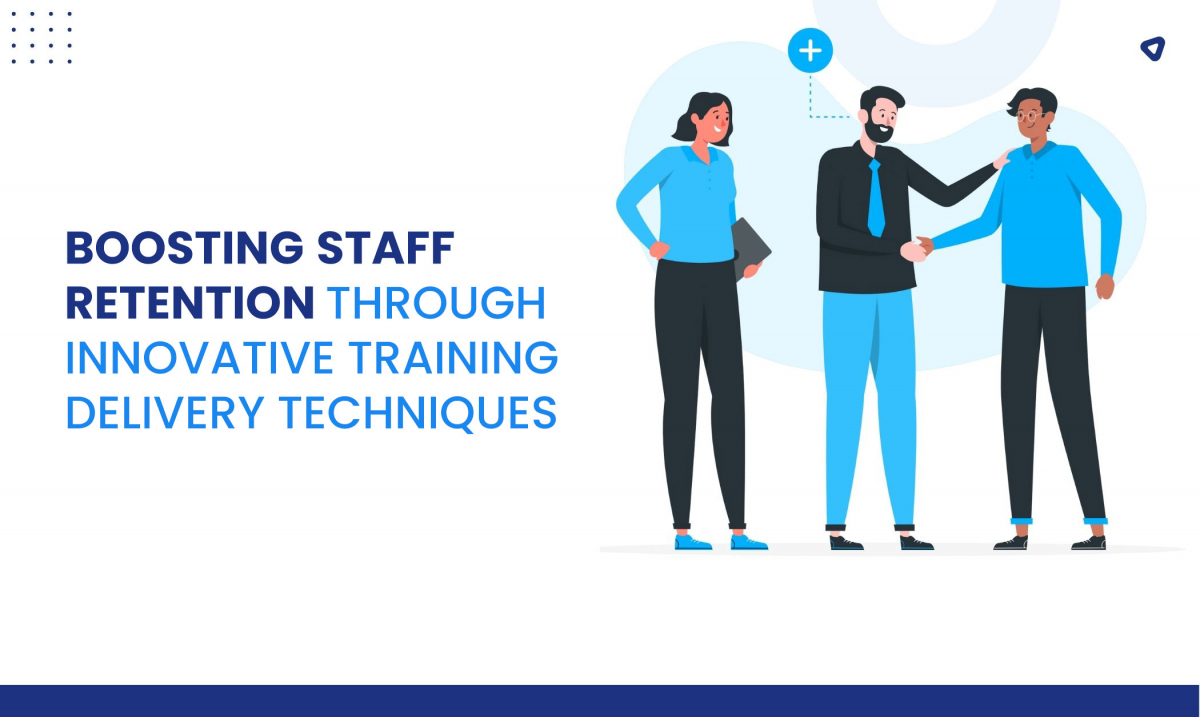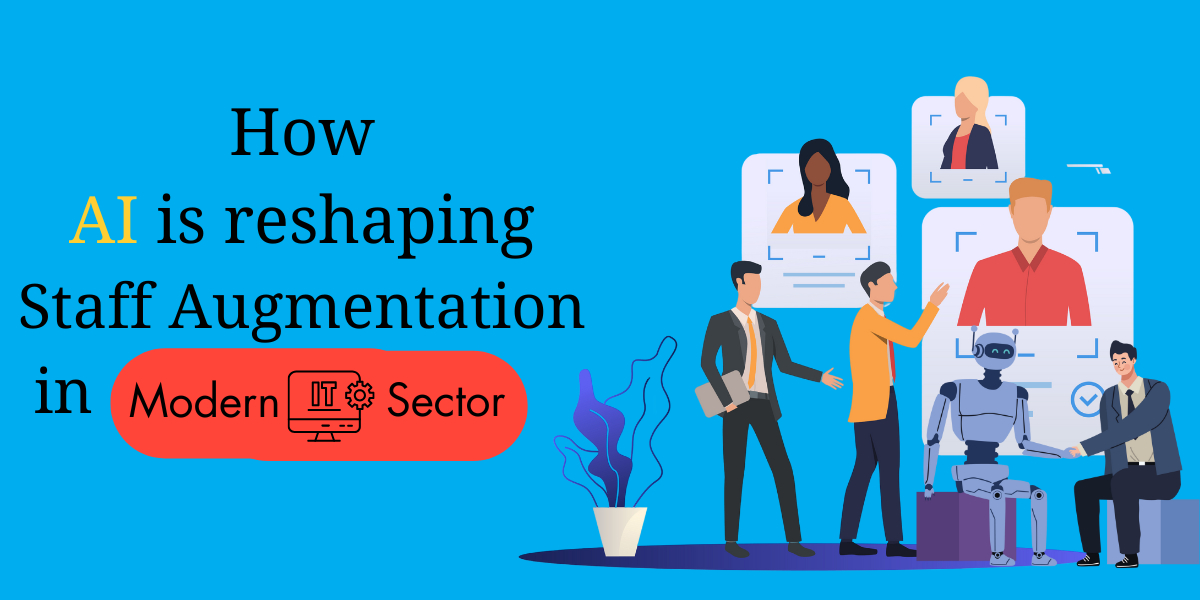In today's competitive job market, retaining top talent is a critical challenge for businesses. Employees crave opportunities for growth and development, and a robust training program is key to keeping them engaged and satisfied. Traditional, lecture-heavy training methods often fall short, leading to disengaged learners and a disconnect between training and real-world application.
The Rise of Innovative Training
Innovative training techniques are emerging as a powerful tool for boosting staff retention. These methods prioritize engagement, relevance, and practical application, creating a learning experience that resonates with today's workforce.
The focus on needs assessment and employee feedback ensures that training programs are relevant and address the specific skill gaps within the workforce, addressing the "one-size-fits-all" issue. By incorporating opportunities for immediate application and on-the-job practice, innovative training methods close the gap between theory and application, promoting long-term knowledge retention and skill development.
The Retention Power of Innovative Training
There's a strong correlation between employee development and retention. When employees feel their skills are being actively nurtured, they're more likely to see a future for themselves within the company. Innovative training methods address this need by making learning engaging, relevant, and targeted towards individual aspirations.
Here's how these techniques can contribute to staff retention:
Increased Engagement: Interactive and stimulating training methods keep employees actively involved in the learning process. This fosters a sense of ownership over their development, leading to better information retention and higher levels of motivation.
Improved Skill Development: Innovative formats allow for targeted skill development, equipping employees with the tools they need to excel in their roles. This translates to enhanced productivity, higher confidence, and a greater sense of value within the organization.
Career Path Visibility: Innovative training programs that incorporate career development plans help employees see how their current role fits into the company's bigger picture. This fosters a sense of purpose and increases their commitment to long-term growth within the organization.
Culture of Learning: By adopting innovative training methods, companies signal a commitment to continuous learning and employee development. This creates a culture of growth that attracts and retains top talent who value opportunities to expand their skill sets.
Innovative Training Techniques in Action
Let's delve into some specific techniques that can revolutionize your training delivery and boost staff retention:
Microlearning: Break down complex topics into bite-sized, easily digestible modules. This allows for on-demand learning that fits seamlessly into busy schedules and promotes focused knowledge retention. Utilize short videos, interactive quizzes, and infographics to create engaging microlearning experiences.
Gamification: Inject elements of competition, points, leaderboards, and rewards into the training process. Gamification fosters a sense of fun and healthy competition, boosting motivation and driving knowledge retention. Consider incorporating scenario-based challenges, simulations, and interactive tasks to create a game-like learning environment.
Social and Collaborative Learning: Encourage peer-to-peer learning and knowledge sharing. This can be achieved through online forums, group discussions, and mentorship programs. Collaborative learning fosters a sense of community, and problem-solving skills, and allows employees to learn from each other's experiences.
Mobile Learning: Make training accessible anytime, anywhere with mobile-friendly learning modules. This caters to the on-the-go nature of today's workforce and allows employees to learn in short bursts during downtime or while commuting. Invest in mobile learning platforms that offer offline access and allow for bite-sized, interactive content.
Virtual Reality (VR) and Augmented Reality (AR): Immerse employees in realistic simulations and scenarios using VR and AR technology. This allows for experiential learning in a safe and controlled environment, making complex concepts easier to grasp and encouraging practical application of newly acquired skills.
Beyond Techniques: Building a Sustainable Training Culture
While innovative techniques are powerful tools, building a sustainable training culture requires more than just bells and whistles. Here are some additional factors to consider:
Needs Assessment: Conduct ongoing assessments to identify employee development needs and tailor training programs accordingly. This ensures that training is relevant and addresses the specific skills gaps within your workforce.
Employee Feedback: Actively solicit employee feedback on the training experience. This helps identify areas for improvement and ensures that training programs are meeting employee expectations.
Leadership Buy-in: Secure leadership buy-in for innovative training initiatives. This sends a strong message to employees about the company's commitment to their development and fosters a culture that values continuous learning.
Measurement and Evaluation: Track the effectiveness of your training programs by measuring learning outcomes, skill improvement, and employee satisfaction. This helps optimize training content and delivery methods for maximum impact.
Conclusion
In today's dynamic business landscape, employee retention is critical for success. By embracing innovative training delivery techniques and fostering a culture of continuous learning, organizations can empower their workforce, boost engagement, and build a talent pipeline that secures their competitive edge. By investing in their employees' development, companies create a win-win situation, leading to a more skilled, motivated, and loyal workforce.




